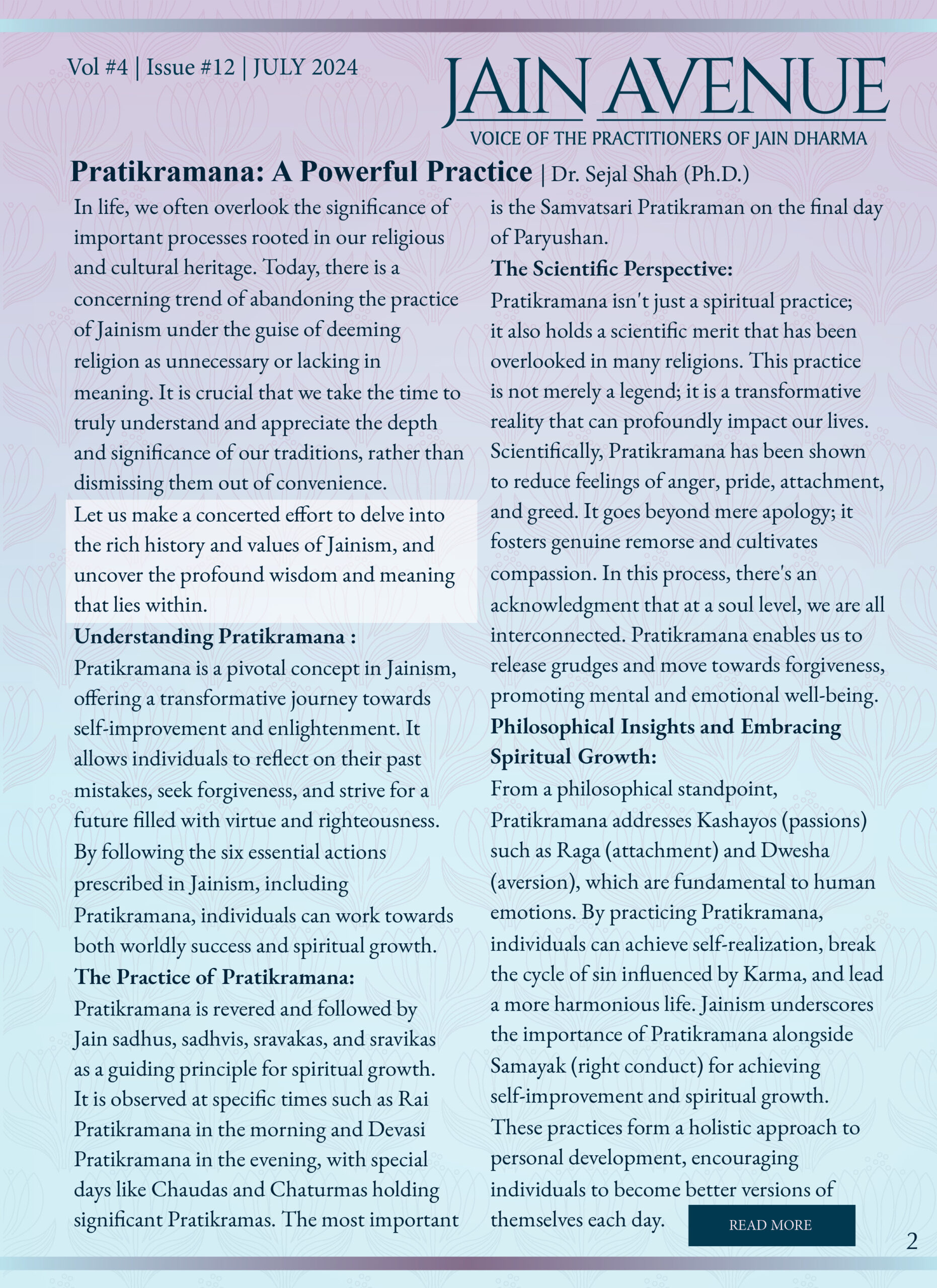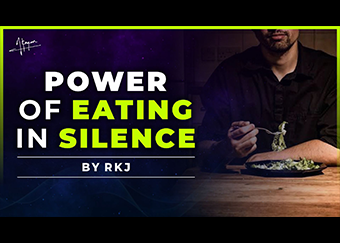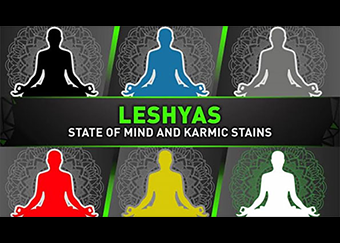Articles
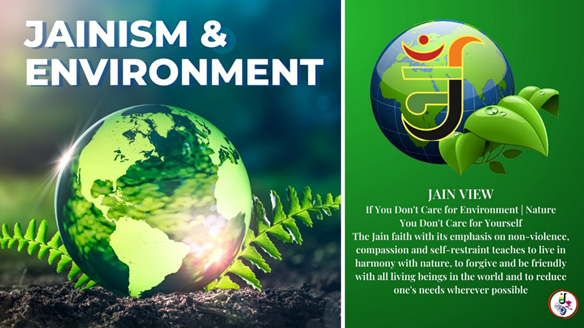 Jainism and EnvironmentJuly, 2024
Jainism and EnvironmentJuly, 2024It is universally accepted that we are facing an environmental and ecological crisis. The Earth we inhibit is in grave danger, afflicted by rapidly increasing global ecological threats such as the depletion of the ozone layer, global warming, massive deforestation, the extinction of many species and loss of biodiversity, poisonous toxic chemicals and nuclear wastes and exponential population growth. This are all because of mankind’s greed, ignorance, violent and unrestrained exploitation, and use of the Earth’s natural resources.
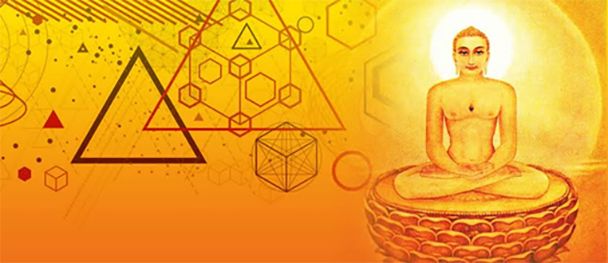 Maths Magic in JainismJuly, 2024
Maths Magic in JainismJuly, 2024Jainism has some powerful Mantras like ‘Navkar Mantra’, which is the most powerful than the others. But today we’ll talk about the Mantra composed by the great Acharya Pujya BhadhraBahu Swami, who lived in around 2nd to 4th century AD, ‘Uvasaggaharam Stotra’. It is believed to eliminate obstacles, hardships, and miseries, if chanted with complete faith. This Sutra is associated with its ‘Yantra’, known as ‘Uvasaggaharam Yantra’. At the centre if this Yantra there is a Magical 5×5 Magic Square with many peculiarities and specialities.
 Harmony in Diversity: Anekantvada’s Path to Social JusticeJuly, 2024
Harmony in Diversity: Anekantvada’s Path to Social JusticeJuly, 2024In our modern era of polarized opinions and deep-rooted social challenges, the ancient Jain philosophy of Anekantvada shines as a beacon of wisdom and guidance toward achieving social justice. Embedded within its core are profound teachings on embracing diverse perspectives, cultivating empathy, and striving for holistic understanding. As we navigate complex societal issues and endeavor to build a more equitable world, the principles of Anekantvada offer invaluable insights and potential for transformative change.
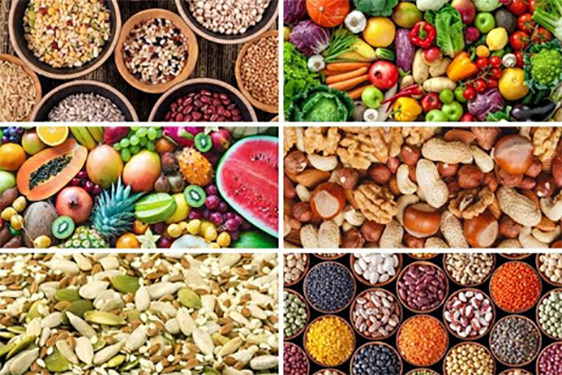 A change in diet frees a patient with chronic acid refluxJuly, 2024
A change in diet frees a patient with chronic acid refluxJuly, 2024Forty-nine-year-old Brian Blackburne of Houston suffered from chronic digestive problems for so long that antacid medicine became a staple of his diet.
 Jainism: A Sustainable and Healthy LifestyleJuly, 2024
Jainism: A Sustainable and Healthy LifestyleJuly, 2024Jainism is an ancient religious and philosophical tradition that originated in India. It is known for its strong emphasis on non-violence (ahimsa), truth (satya), non-possessiveness (aparigraha), and other principles that promote ethical and sustainable living. Here's how Jainism relates to sustainability:
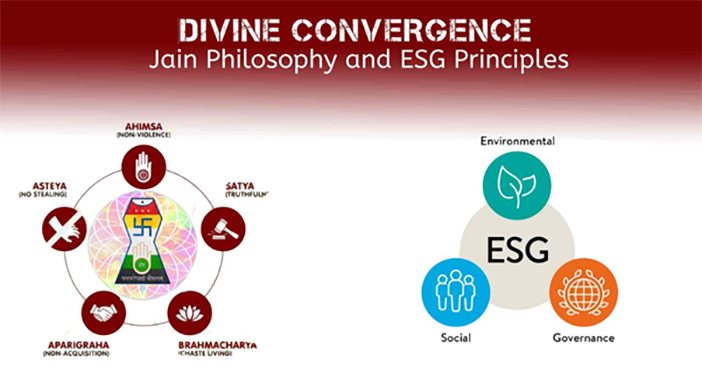 Divine Convergence Jain Philosophy and ESG PrinciplesJuly, 2024
Divine Convergence Jain Philosophy and ESG PrinciplesJuly, 2024The ancient Indian civilization has been a cradle for various philosophies and disciplines that profoundly shape humanity's value systems. Among them, Jainism, an ancient Indian religion founded by Lord Mahavira around the 6th century BCE, holds a significant place. At the core of Jainism lies the principle of ahimsa, or non-violence, which advocates for compassion towards all living beings and fosters harmony and ethical living for spiritual enlightenment.
Jain Avenue Magazines








Click on Magazine








